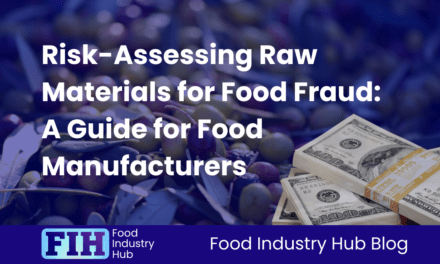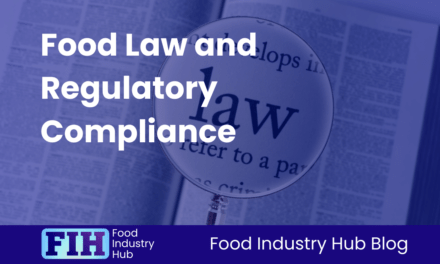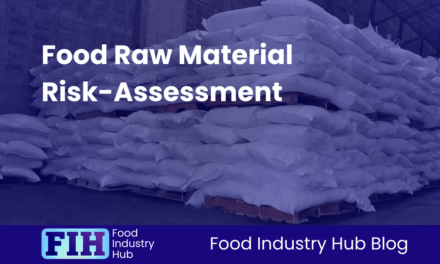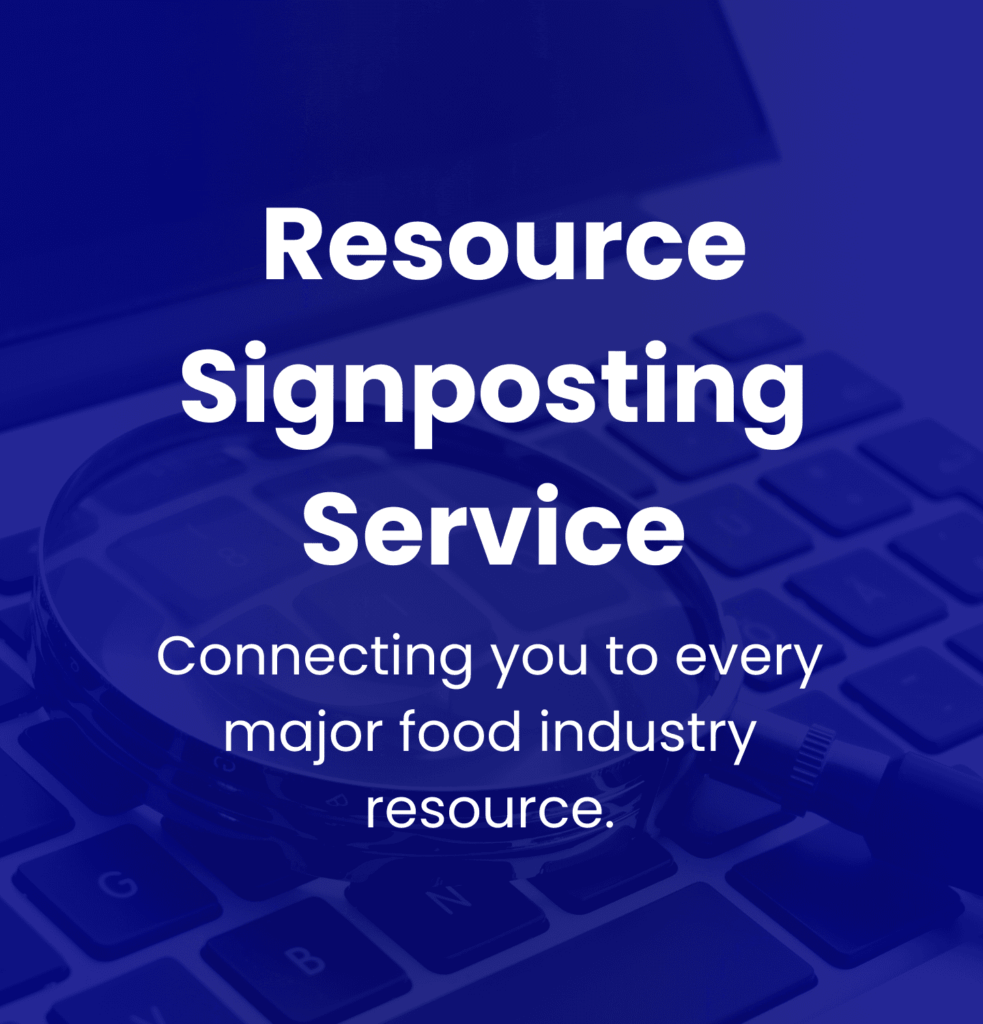Introduction
Maintaining strict controls over non-conforming products is crucial for upholding quality standards. Imagine the impact a single oversight could have on your brand’s reputation and customer trust. By implementing robust measures to identify, manage, and document non-conforming materials, you not only safeguard your business but also safeguard the safety of those who consume your products. But what happens when the unexpected occurs, and a non-conforming product slips through the cracks? How do you ensure swift and effective responses that protect both your customers and your bottom line?
As we dive into the topic, you’ll be interested to know that Food Industry Hub offers integrated management systems for food manufacturers, which you can use to strengthen your assurance processes.
Table of Contents
Key Takeaways
- Implement training programs for staff on identifying non-conforming products.
- Use clear identification methods like direct labelling and IT systems.
- Securely store non-conforming products in designated areas.
- Manage returned products with thorough examination and documentation.
- Refer non-conforming products to brand owners for evaluation and resolution.

Ensure Quality Every Step of the Way
Food Industry Hub Management Systems strengthens your food safety and quality management framework, enabling consistent and reliable quality assurance while increasing overall confidence across your operations.
The Requirement for Staff to Identify and Report Any Potentially Non-Conforming Product
You must ensure that all staff can identify and report any potentially non-conforming product promptly. Training programs should be implemented to educate employees on the characteristics of non-conforming products specific to your food manufacturing business. Encourage a proactive approach by emphasising the importance of early detection and reporting. Clearly outline the steps that employees should take if they suspect a product doesn’t meet quality standards.
Regular communication is key to maintaining awareness among staff regarding non-conforming products. Foster an environment where employees feel comfortable raising concerns without fear of retribution. Implement an open-door policy that allows for easy escalation of issues related to product quality.

Clear Identification of Non-Conforming Product
Direct labelling involves visibly marking products that don’t meet specifications, making them easily distinguishable from conforming ones. This can include labels indicating ‘Non-Conforming’ or ‘Hold for Review’ to prevent accidental use or release.
By employing IT systems, you can track and trace non-conforming products throughout the production process. Barcode systems, for instance, enable quick identification and segregation of non-conforming items, aiding in efficient removal from circulation.
Integrating IT solutions also allows for automated alerts to notify relevant staff when non-conforming products are identified, facilitating prompt action. Utilising technology streamlines the identification process, reducing the risk of non-conforming products reaching consumers.
Implementing these clear identification methods enhances your quality control processes and helps uphold product safety standards.

Secure Storage to Prevent Accidental Release (e.g. Physical or Computer-Based Isolation)
Secure non-conforming products in designated storage areas to prevent accidental release, whether through physical segregation or computer-based isolation methods. By physically segregating these products in clearly marked areas, you reduce the risk of mix-ups with conforming items during handling or distribution processes.
Physical segregation involves storing non-conforming items in separate locations within the facility, clearly labelled to indicate their status. This method ensures that employees can easily identify and avoid using these products incorrectly.
Consider using computer-based isolation techniques, such as movement tracking with barcode systems.
Implementing both physical and computer-based storage controls can enhance your control over non-conforming products, reducing the chances of accidental release and potential harm to consumers or damage to your brand reputation.

Sign-up for the Food Industry Hub Mail Service
We regularly produce new content for food industry professionals, and the Food Industry Hub Mail Service is the best way to stay up to date with the latest additions.
Signup today to be added to the Food Industry Hub mailing list.
Management of Any Product Returned to The Site
When managing any product returned to the site, promptly assess its conformity and determine appropriate actions.
Upon receipt, conduct a thorough examination to verify if the returned product meets specifications. Identify the reason for return, whether it’s due to quality issues, incorrect shipment, or customer dissatisfaction.
If the product conforms to standards and can be safely reintroduced into inventory, ensure it undergoes proper storage and labelling procedures to prevent mix-ups.
For non-conforming products, segregate them from the approved stock to prevent accidental release. Clearly mark these items as non-conforming and log them in your records for traceability.
Depending on the nature of the non-conformity, consider options such as reworking the product, disposing of it according to regulations, or returning it to the supplier.
Document all decisions and actions taken regarding the returned product to maintain transparency and accountability in your quality control processes.
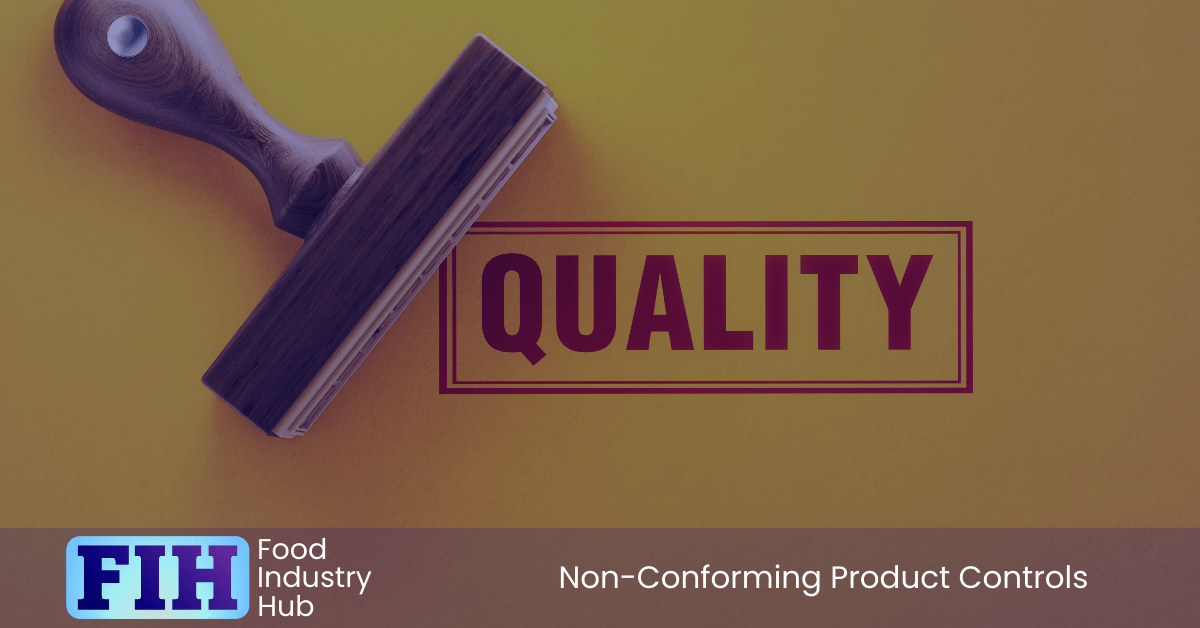
Referral To the Brand Owner Where Required
Where necessary, direct any non-conforming products to the brand owner for further evaluation and resolution. When faced with products that don’t meet specifications or quality standards, it’s prudent to involve the brand owner promptly.
The brand owner possesses in-depth knowledge about the product specifications, quality requirements, and potential risks associated with non-conformance. By referring the non-conforming products to the brand owner, you ensure that the issue is thoroughly assessed by individuals familiar with the product intricacies. This step is essential for determining the appropriate course of action, whether it involves reworking the products, downgrading them, or disposing of them altogether.
Effective communication with the brand owner can lead to swift resolutions and prevent non-conforming products from entering the market. Timely referral to the brand owner demonstrates a commitment to quality and safety, safeguarding both consumers and the reputation of the brand.

Defined Responsibilities for Decision-Making on The Use or Disposal of Products Appropriate to The Issue
Designate specific individuals responsible for making decisions regarding the utilisation or disposal of products based on the specific issue at hand. In your food manufacturing business, clear roles and responsibilities must be assigned for handling non-conforming products effectively. These designated individuals should have a comprehensive understanding of the quality standards, regulatory requirements, and potential risks associated with the decision-making process.
When faced with non-conforming products, those responsible must assess the nature and extent of the issue to determine the most appropriate course of action. This may involve deciding whether to destroy the products, rework them to meet specifications, downgrade them to an alternative label, or accept them by concession under certain conditions.
The decision-making process should be well-documented and communicated to relevant stakeholders to ensure transparency and accountability.
Records of the Decision on The Use or Disposal of The Product
Maintaining clear and detailed records of decisions regarding the use or disposal of products is crucial in ensuring accountability and compliance in your food manufacturing business. These records should include the rationale behind each decision, the individuals involved in the decision-making process, and any supporting documentation used to reach the final determination.
By documenting the reasons for choosing to use, rework, downgrade, or dispose of a non-conforming product, you create a transparent trail that can be reviewed for accountability and compliance purposes.
Having these records readily available can also aid in future audits or inspections, demonstrating that your business handles non-conforming products in a controlled and systematic manner. In the event of any questions or concerns regarding a specific product, these records serve as a valuable resource for investigating past decisions and ensuring that proper protocols were followed.
Regularly reviewing and updating these records will help your business stay organised and compliant with regulatory requirements.

Records Of Destruction Where a Product Is Destroyed for Food Safety Reasons
Ensure your food manufacturing business maintains accurate records of the destruction of products.
Keeping detailed records of product destruction is crucial for demonstrating that your business is taking necessary measures to prevent unsafe products from reaching consumers. These records should include essential information such as the reason for destruction, the quantity and description of the products, the date of destruction, and the method used for disposal.
By documenting the destruction of products, you establish transparency and accountability in your operations, showcasing a commitment to consumer safety and regulatory adherence.
Keeping and maintaining these records ensures that your business stays proactive in managing non-conforming products and upholding the highest standards of food safety.
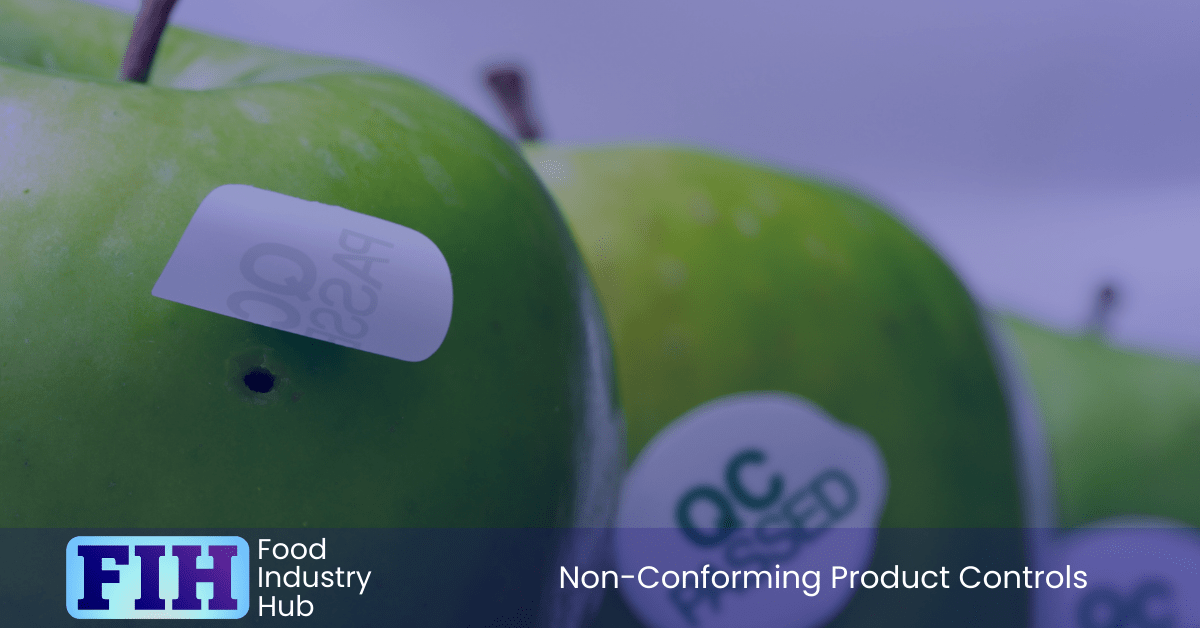
In Summary
Implementing effective non-conforming product controls is crucial for ensuring quality and safety in food manufacturing businesses. By training staff, clearly identifying and securely storing non-conforming items, managing returns, and maintaining detailed records, businesses can uphold consumer trust and regulatory compliance.
Taking proactive measures to address non-conforming products demonstrates a commitment to excellence and prioritising consumer safety in the food industry.
Further Resources
Food Industry Hub serves the food industry with a range of digital resources for the benefit of both commercial food manufacturers and food industry professionals.
For food manufacturers, we offer integrated management systems that give every user a direct interface with your QMS.
For food industry professionals, we provide an extensive signposting service in addition to informational content we hope you’ll find useful as you face new professional challenges. We have very ambitious plans to expand the range of services offered, and currently present informational content on management, safety and quality, food safety and quality culture, and professional success.


